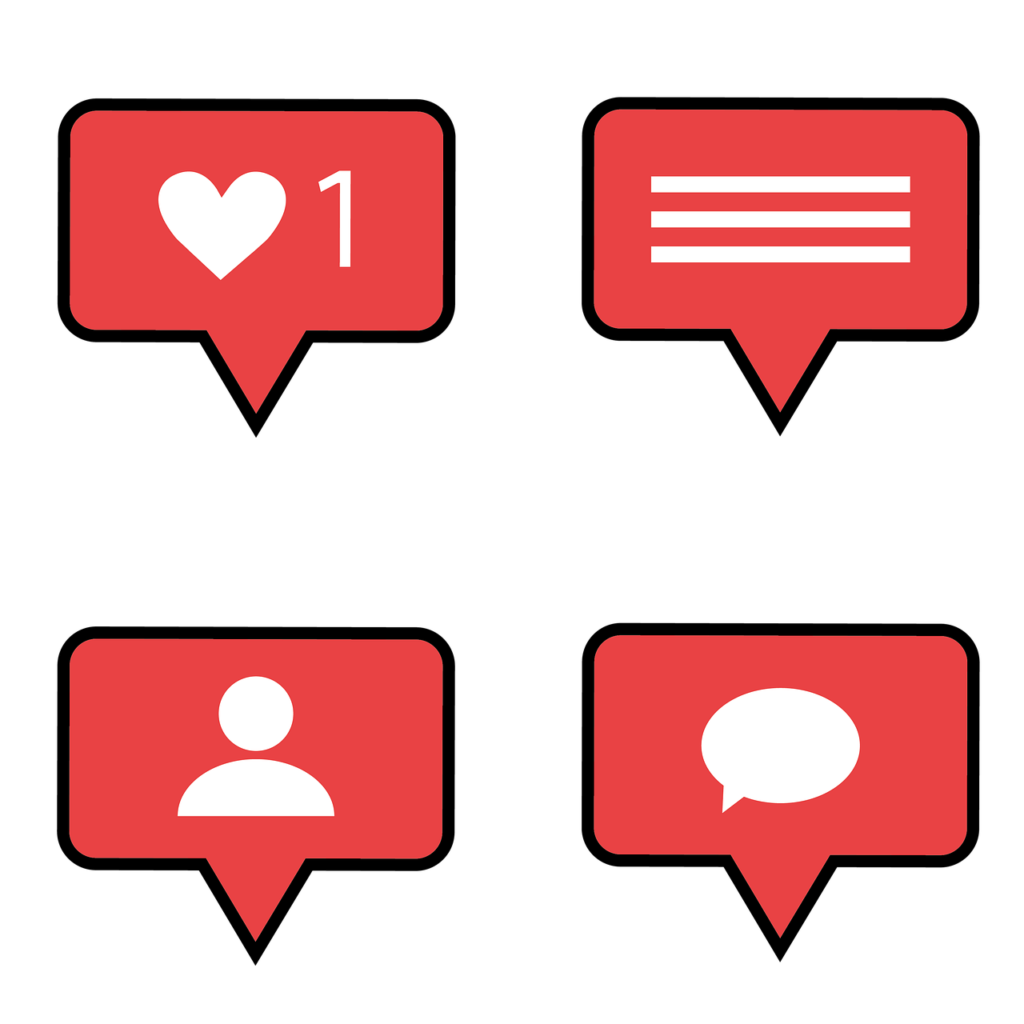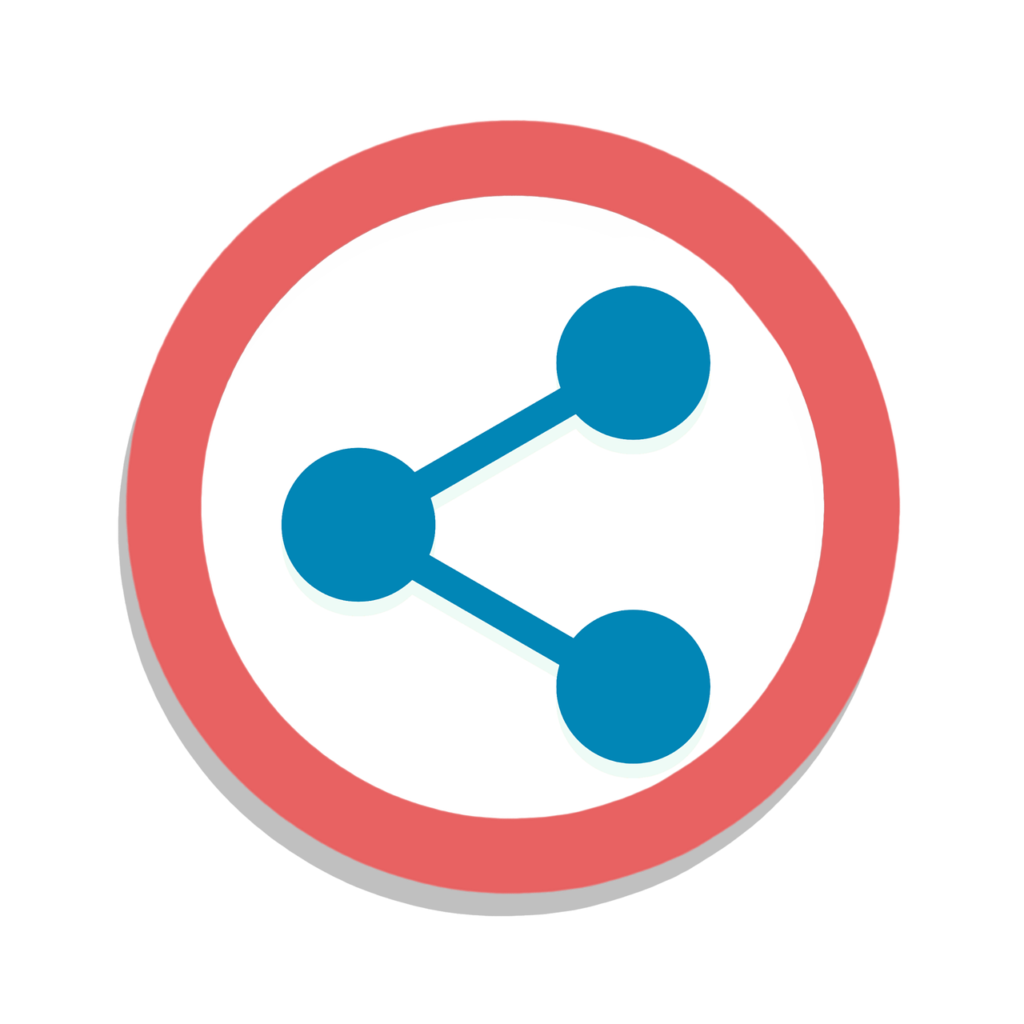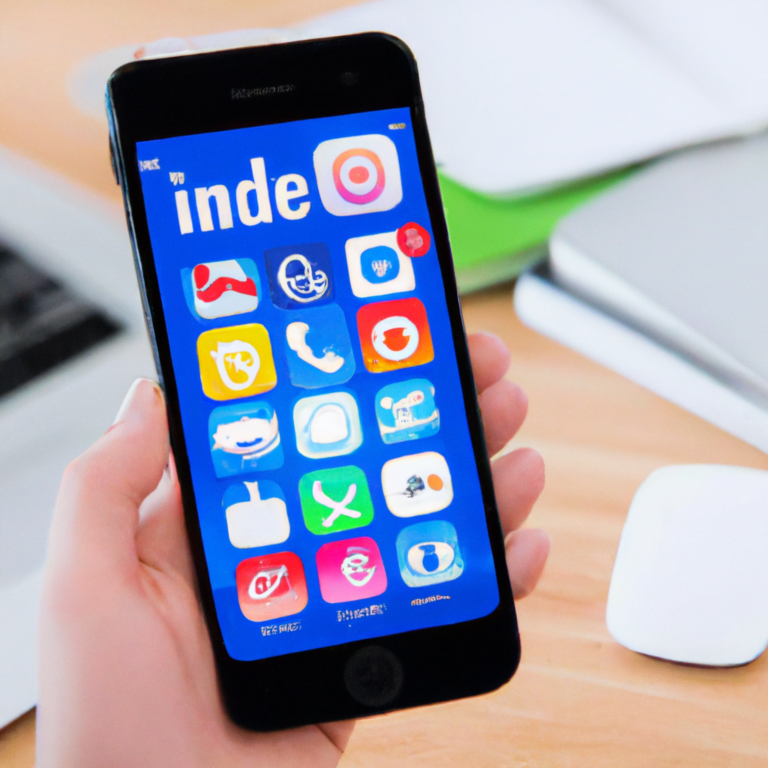How Do I Engage With My Audience On Social Media?
Imagine scrolling through your social media feed and stumbling upon a post that truly catches your attention. It’s not just the content that captivates you, but the way the person behind it effortlessly connects with their audience. You can’t help but wonder, “How do they do it?” Engaging with your audience on social media may seem like a mystery, but fear not! In this article, we will demystify this art and offer you practical tips on how to effectively engage with your followers, leaving them craving for more of your content and eager to interact with you. So, get ready to unlock the secrets of building meaningful connections through the power of social media.

Understanding Your Audience
Defining your target audience
Before you can effectively engage with your audience on social media, it’s important to have a clear understanding of who your target audience is. Take the time to define the demographics, interests, and behaviors of your audience. Are they primarily young adults or parents? Are they interested in fitness or fashion? By pinpointing these characteristics, you can tailor your content to appeal specifically to your target audience.
Creating audience personas
One helpful exercise in understanding your audience is to create audience personas. These are fictional representations of your ideal customers, based on real data and insights. Start by brainstorming the different types of people who might be interested in your brand or product. Give each persona a name, age, occupation, and a detailed description of their lifestyle and interests. This will help you craft content that resonates with each persona.
Conducting market research
Market research is a valuable tool in understanding your audience. It involves gathering information about your target market, such as their preferences, shopping habits, and social media usage. There are several methods you can use to conduct market research, including surveys, focus groups, and online analytics tools. By digging deep into your audience’s preferences and behaviors, you can better understand how to engage with them on social media.
Choosing the Right Social Media Platforms
Researching popular platforms
When it comes to engaging with your audience on social media, it’s important to choose the right platforms. Start by researching the most popular platforms and their unique features. Platforms like Facebook, Instagram, Twitter, and LinkedIn all have different demographics and functionalities. By understanding the strengths and weaknesses of each platform, you can make informed decisions about where to focus your efforts.
Identifying platforms your audience uses
Once you have a list of popular platforms, the next step is to identify which platforms your target audience is actually using. Analyze your audience personas and gather data on their social media usage. Are they more active on Instagram or LinkedIn? Do they prefer visual content on platforms like Pinterest or YouTube? By finding out where your audience spends their time, you can ensure that you’re reaching them on their preferred platforms.
Determining platform suitability for your content
Not all social media platforms are created equal, and some might be more suitable for your content than others. Consider the type of content you produce and whether it aligns with the platform’s format and audience preferences. For example, if you create visually appealing content, platforms like Instagram or Pinterest may be a better fit. If you produce long-form articles or blog posts, platforms like LinkedIn or Medium may be more suitable. By choosing platforms that align with your content, you can maximize engagement with your audience.
Developing a Content Strategy
Identifying your goals and objectives
Before you start creating content, it’s important to identify your goals and objectives. What do you hope to achieve by engaging with your audience on social media? Is it to increase brand awareness, generate leads, or drive website traffic? By clearly defining your goals, you can develop a content strategy that aligns with these objectives. Remember to make your goals specific, measurable, achievable, relevant, and time-bound (SMART) to ensure they are effective.
Creating a content calendar
A content calendar is an essential tool for organizing and planning your social media content. It helps you stay consistent and ensures that you’re regularly providing valuable content to your audience. Start by determining how often you want to post on each platform and what types of content you’ll share. Use a spreadsheet or a dedicated content planning tool to schedule your posts in advance. Don’t forget to consider holidays, events, and relevant industry trends when planning your content calendar.
Tailoring content to different platforms
Each social media platform has its own unique features and audience preferences, so it’s important to tailor your content accordingly. Consider the format and style of content that performs best on each platform. For example, Instagram is highly visual, so high-quality images or videos are key. Twitter, on the other hand, has a character limit, so concise and engaging captions are important. By adapting your content to suit each platform, you can make a bigger impact on your audience.
Creating Engaging Content
Using visual elements
Visual elements are an essential part of engaging content on social media. People are naturally drawn to visual content, so incorporating images, videos, and infographics can help capture your audience’s attention. Use high-quality, eye-catching visuals that are relevant to your brand and content. Experiment with different formats, such as GIFs or carousel posts, to keep your audience engaged and entertained.
Crafting compelling captions and descriptions
While visuals are important, don’t underestimate the power of well-crafted captions and descriptions. Your captions should be concise, engaging, and relevant to your content. Use persuasive language, ask questions, or include storytelling elements to capture your audience’s interest. Be sure to include relevant hashtags or mentions to reach a wider audience and increase the discoverability of your content.
Leveraging hashtags and trending topics
Hashtags are a powerful tool for increasing the reach and visibility of your content. Research popular and relevant hashtags in your industry and incorporate them into your posts. This will help your content appear in search results and reach a wider audience. Additionally, monitor trending topics and find ways to incorporate them into your content. By participating in conversations around popular topics, you can engage with your audience and stay relevant.

Utilizing Different Content Formats
Incorporating videos
Videos are one of the most engaging formats on social media. Consider creating and sharing videos that are informative, entertaining, or inspiring. Whether it’s a tutorial, behind-the-scenes footage, or customer testimonials, videos can capture your audience’s attention and encourage them to interact with your content. Use platforms like YouTube, Instagram Reels, or TikTok to leverage the popularity of video content.
Sharing images and infographics
Images and infographics are visual assets that can help convey information in a concise and visually appealing way. Share high-quality images that align with your brand and resonate with your audience. Infographics, on the other hand, are a great way to present data, statistics, or step-by-step processes. They are highly shareable and can drive engagement and discussion among your audience.
Writing blog posts or articles
If you have longer-form content or in-depth knowledge to share, consider writing blog posts or articles. Platforms like LinkedIn or Medium are suitable for publishing and sharing longer written content. Writing informative and valuable articles can position you as an industry expert and provide a platform for your audience to engage with your thoughts and ideas.
Encouraging Audience Interaction
Asking thought-provoking questions
One effective way to engage with your audience is by asking thought-provoking questions. Encourage your audience to share their opinions, experiences, or ideas on specific topics. This not only encourages interaction but also shows your audience that you value their input. Be sure to respond to their comments and keep the conversation going to foster a sense of community.
Running polls and surveys
Polls and surveys are a great way to gather feedback from your audience and encourage them to participate. Post simple questions with multiple-choice answers or use survey tools to gather more detailed feedback. Polls and surveys not only promote engagement but also provide valuable insights that can help you improve your content or products.
Organizing contests and giveaways
Contests and giveaways are an effective way to engage your audience and generate excitement around your brand. Offer a prize or reward for participating in a contest or giveaway and encourage your audience to share, tag friends, or create user-generated content. This not only increases engagement but also helps promote your brand to a wider audience.

Responding to Audience Comments and Messages
Monitoring notifications regularly
Engaging with your audience means being responsive to their comments and messages. Regularly monitor your notifications on each social media platform and respond in a timely manner. Set aside dedicated time each day to address comments and messages, showing your audience that you value their feedback and interaction.
Providing timely and personalized responses
When responding to audience comments and messages, aim to provide timely and personalized responses. Address your audience by their name if possible and tailor your response to their specific question or comment. This shows that you are actively listening and genuinely care about their needs or concerns. Be sure to provide helpful and informative responses to maintain a positive relationship with your audience.
Turning negative feedback into a positive experience
Negative feedback is inevitable, but it’s important to handle it with professionalism and grace. Instead of ignoring or deleting negative comments, use them as an opportunity to address concerns and provide solutions. Respond politely and offer assistance in resolving the issue. By addressing negative feedback in a positive and thoughtful manner, you can turn a potentially negative experience into a positive one and showcase your commitment to customer satisfaction.
Building Relationships with Influencers
Researching relevant influencers in your niche
Influencers can be valuable allies in engaging with your audience on social media. Research and identify influencers who have a strong presence in your niche or industry. Look for influencers who have a genuine connection to your brand and align with your values. By partnering with the right influencers, you can tap into their existing audience and expand your reach.
Engaging with their content
Once you have identified relevant influencers, start engaging with their content. Like, comment, and share their posts to show your support and build a relationship. Engaging with their content not only strengthens your connection with the influencer but also increases your visibility among their followers.
Collaborating on cross-promotions or partnerships
Building relationships with influencers can lead to collaborations and cross-promotions. Consider partnering with influencers on joint content, such as live videos, guest blog posts, or product endorsements. These collaborations can help expand your reach and increase engagement with your audience. Be sure to establish clear expectations and goals when entering into partnerships and ensure that the influencer’s audience aligns with your target audience.

Conducting Live Videos and Q&A Sessions
Announcing and promoting the live event
Live videos and Q&A sessions are excellent ways to engage with your audience in real-time. Before conducting a live event, be sure to announce and promote it in advance. Use social media posts, emails, and other marketing channels to build anticipation and generate interest. Inform your audience about the date, time, and topic of the live event, and encourage them to mark their calendars and submit their questions ahead of time.
Preparing a structured agenda
To ensure a smooth and engaging live event, it’s important to prepare a structured agenda. Outline the main topics or questions you’ll address during the session and have supporting materials or visuals ready. This will help you stay organized and provide valuable content to your audience. Remember to allocate time for audience participation and questions during the live event.
Interacting with viewers in real-time
The key to a successful live video or Q&A session is active interaction with your viewers. Encourage your audience to ask questions, leave comments, or react to your content. Address their questions and comments in real-time, and make an effort to create a conversational and inclusive atmosphere. Engage with your viewers by mentioning their names, thanking them for their participation, and responding to their contributions. This interaction not only keeps your audience engaged but also strengthens the relationship between you and your audience.
Analyzing Metrics and Gathering Feedback
Using social media analytics tools
To gauge the effectiveness of your social media engagement efforts, it’s important to use analytics tools. Platforms like Facebook Insights, Instagram Insights, and Twitter Analytics provide valuable data on engagement, reach, and audience demographics. Analyze these metrics regularly to understand what content resonates with your audience and make data-driven decisions to optimize your social media strategy.
Monitoring engagement and reach
Engagement and reach are important metrics to track when analyzing the effectiveness of your social media engagement. Engagement includes metrics such as likes, comments, shares, and clicks. Reach refers to the number of people who have been exposed to your content. By monitoring these metrics, you can identify which types of content and engagement strategies are most successful in reaching and resonating with your audience.
Seeking feedback from your audience
In addition to analyzing metrics, seeking feedback directly from your audience is invaluable. Conduct surveys, polls, or focus groups to gather feedback on your social media engagement efforts. Ask your audience what types of content they enjoy, how they feel about your responses to their comments, and any suggestions they have for improvement. This feedback can provide valuable insights that can help you refine your engagement strategies and better meet the needs of your audience.
Engaging with your audience on social media is an ongoing process that requires a deep understanding of your audience, strategic content planning, and continuous evaluation of your efforts. By following the steps outlined in this comprehensive guide, you can develop a solid social media engagement strategy that effectively connects with your audience and helps you achieve your business goals. Remember, building and maintaining relationships with your audience is a long-term commitment, so be persistent, responsive, and authentic in your interactions.






